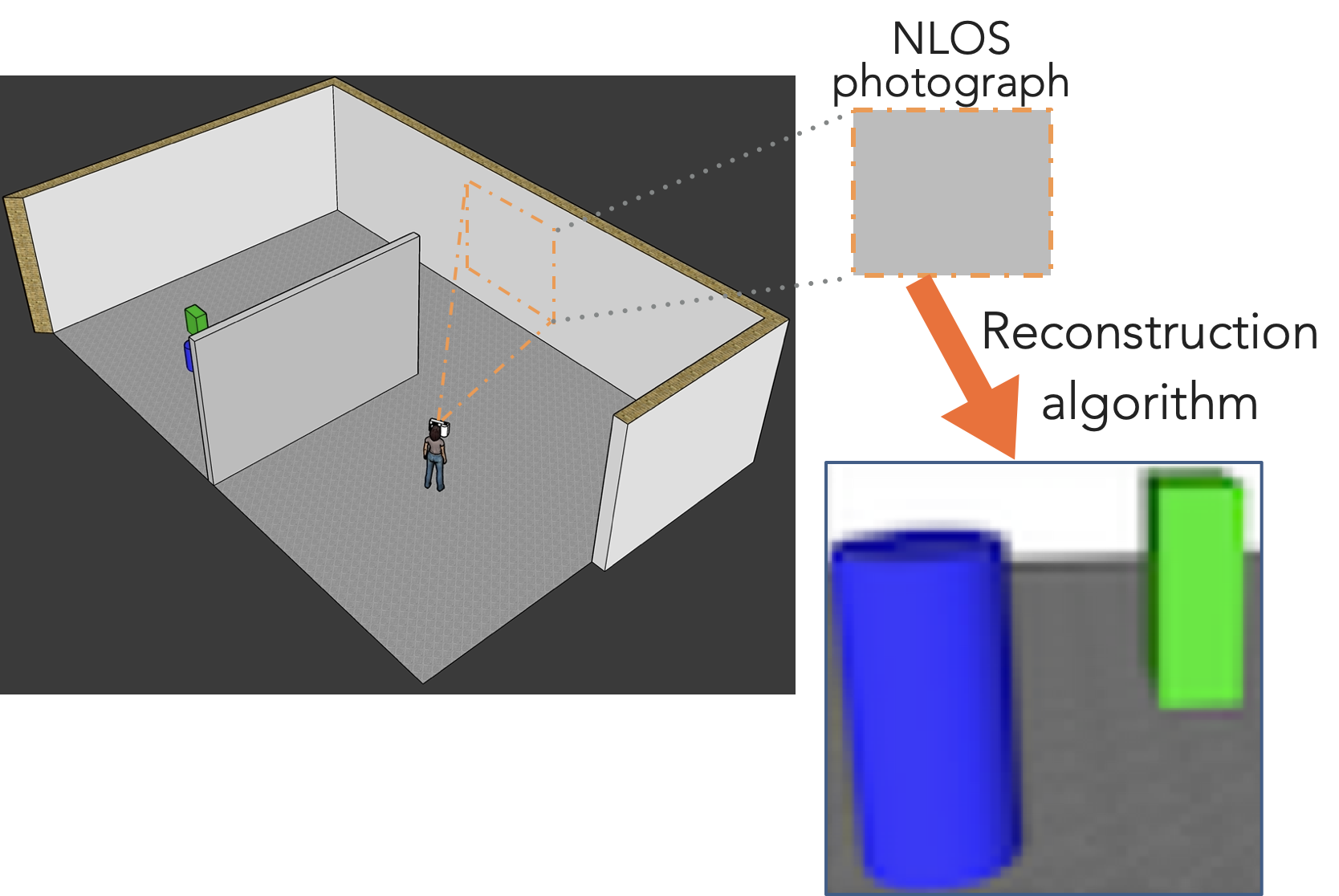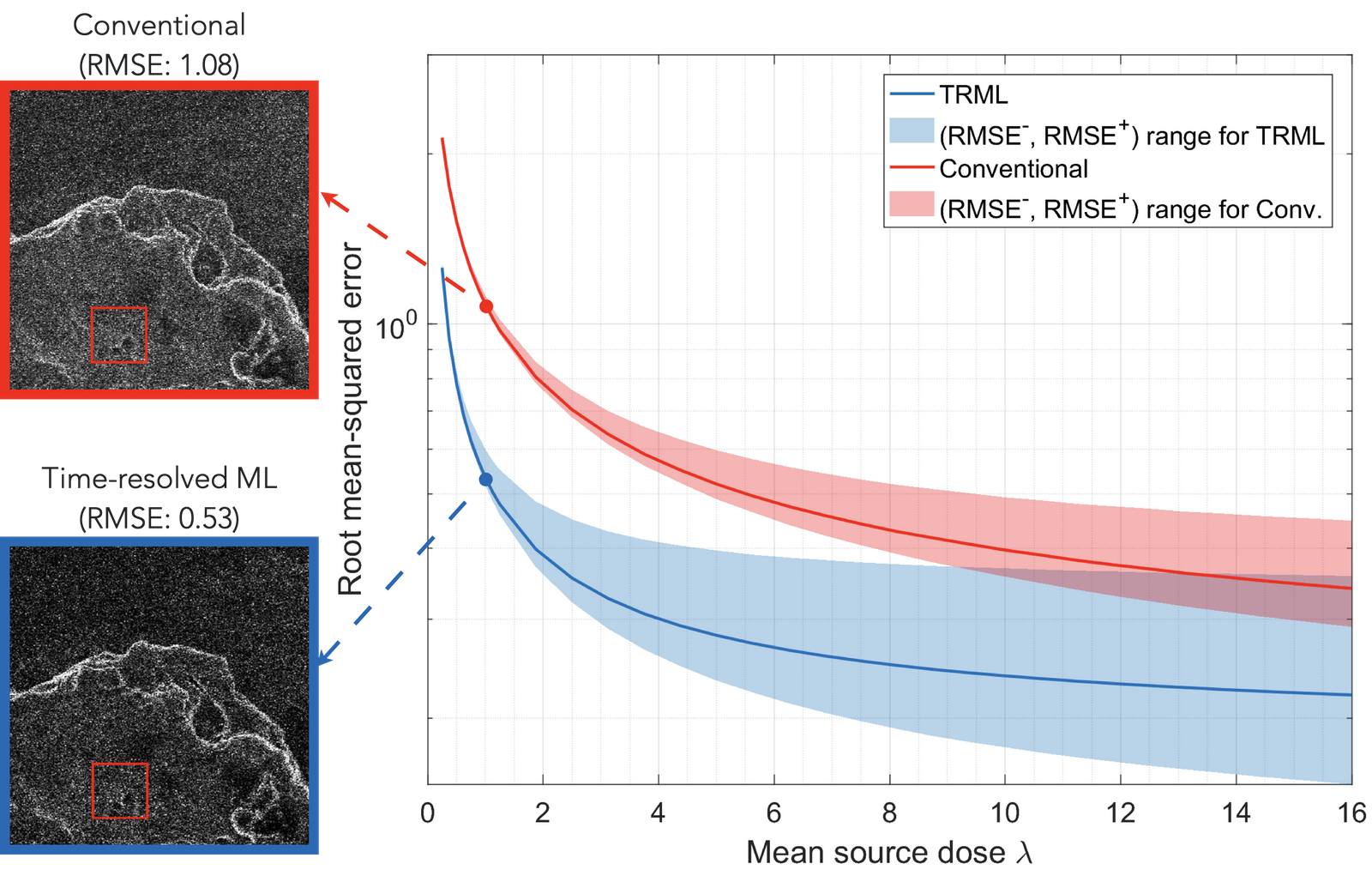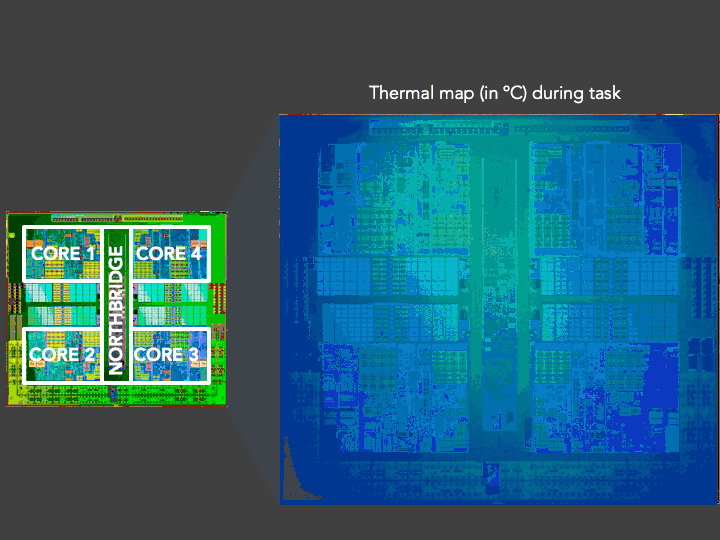Non-line-of-sight imaging

The ability to see around corners would be profoundly useful in numerous fields, from helping see past partial blockages in medical settings to enabling surveillance while remaining undetected. Such systems could leverage existing sensing hardware to gather information about hidden pedestrians, vehicles, or other potential obstacles and allow autonomous vehicles to plan safer trajectories through intersections or into occluded spaces.
Computational periscopy with an ordinary digital camera. Our work demonstrates how subtle variations of penumbrae in a single, brief snapshot of a diffuse surface using a consumer digital camera can enable non-line-of-sight scene estimates.
Manuscripts:
More details can be found in our
manuscript
and
online supplementary materials
.
Code availability: Data and code to reproduce results are
available on Github
.
Press coverage:
- Nature: Shadows used to peer around corners , and How an ordinary camera can see around corners
- The Guardian: Program allows ordinary digital camera to see around corners
- Economist: A camera that can see around corners .

